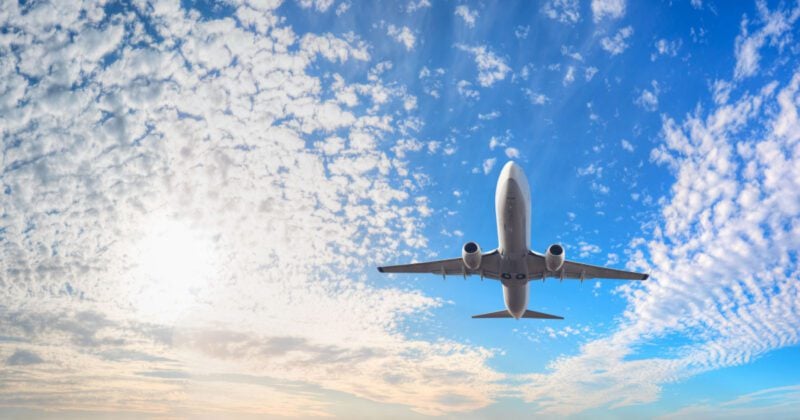随着中国重新放开,空运状况有望改善

今年1月,随着中国重新放开国际旅行,航空货运行业朝着疫情后回归正常的方向迅速反弹。
今年1月,中国解除了入境旅客的隔离措施,重新开始为内地居民签发护照。
预计这些举措将在2023年为全球航空市场提供强大助力,特别是因为,与很多其他国家不同,中国机场、运输公司和地勤公司留住了员工,并且准备迅速恢复疫情前的常态运营。
据麦肯锡公司称,2023年最初的几周内,中国全部约500架宽体飞机当中只有不到五分之一仍然停放在机库里。大多数飞机一直活跃在国内航线上,但已经准备恢复国际业务。
目前在深圳的麦肯锡公司合伙人Steve Saxon在Loadstar播客上表示,很多家中国运输公司在疫情期间留住了飞行员和机舱工作人员并对他们重新进行了培训,而各机场留住了大约90%的员工。这些举措将确保业务的快速扩展。
与往年不同的春节
多年来,春节长假以温和的方式恢复了需求与运力之间的平衡。工厂停工意味着出口水平下降,而当运力即将达到极限时,会给市场留出一些喘息的余地。
然而,随着一周假期结束后工厂复工,工人们今年比去年提前一周返回工厂。“由于中国积极地重新开放边境和贸易通道,而且工厂生产线恢复正常运转,人们有理由保持一定的乐观,”敦豪全球货运亚太区首席执行官Kelvin Leung说道。
中国和国际运输公司恢复往返中国航线的国际航班一定会极大地增加发货人的可选运输方案。“客运航班恢复后增加的机腹货仓运力是今年年初的一个可喜的转变,可以满足进出口需求的预期增长,”Leung补充道。形势肯定会进一步好转,但Leung也提到,航班数量只有到明年才会完全恢复正常。
在市场反弹中对恢复平衡的乐观态度
航空货运数据公司TAC Index编辑Neil Wilson称,去年的航空燃油价格让运输公司及其他利益相关方获得了喘息的机会。价格的同比增长从2022年早些时候的100%以上,下降到Platt报道的整个日历年度的41.8%。
“较为平静的燃油市场可以让运输公司的日子好过,但大部分经济学家和宏观评论家仍然预计2023年世界经济有很大一部分将经历衰退,”Wilson补充道。
Stifel金融公司全球物流和未来出行主管兼高级研究分析师Bruce Chan在波罗的海交易所的最新分析文章中进行了展望,认为随着航空货运市场达到供需平衡,费率进一步下降“不仅有可能而且很可能发生”。
敦豪1月《航空货运行业现状报告》指出,航空货运平衡的需求侧仍在发生从空运到海运的转变,其中后者的运费更容易应对。
有利的一面在于航空货运运力与需求恢复了平衡。“我们确实发现市场回到了疫情前的状态,因为出口量的持续疲软缓解了航空货运运力面临的压力,”Leung补充道。
就其本身而言,野村证券除日本外亚洲总出口量领先指数持续下行,最新数值已经下滑到79.6。
然而,野村证券并未预计2023年除亚洲外的全球出口前景会有所好转。“在我们的基本情形中,亚洲出口周期将在今年第二季度年到达低谷并在下半年反弹,但随着中国更快重新放开,欧洲经济体表现出一定的韧性,加上美联储很快暂停加息周期的可能性越来越大,我们的基本情形面临的风险在于亚洲出口的反弹将略微提前,也就是在第二季度。”





 简体中文
简体中文